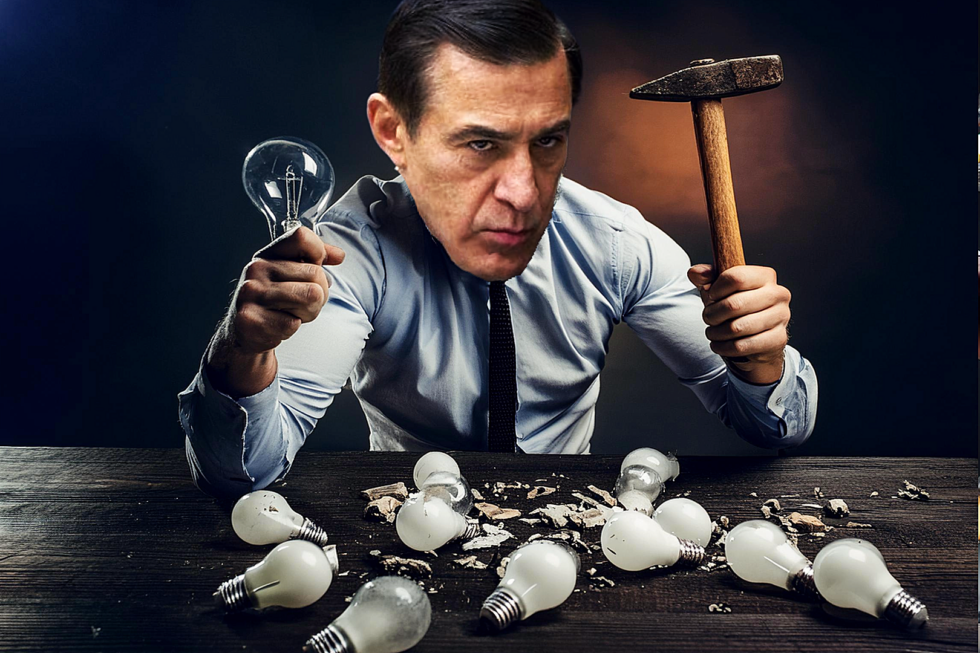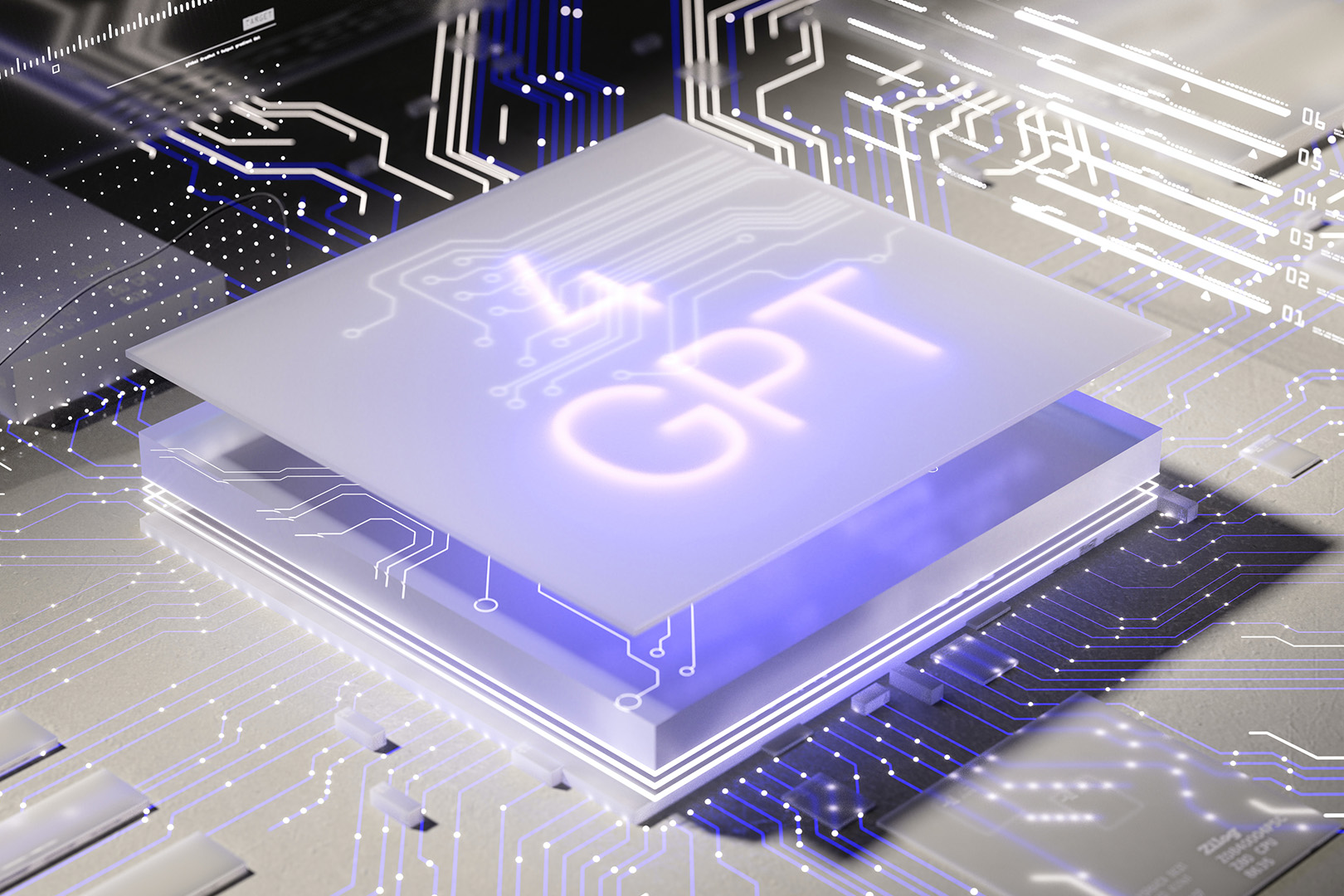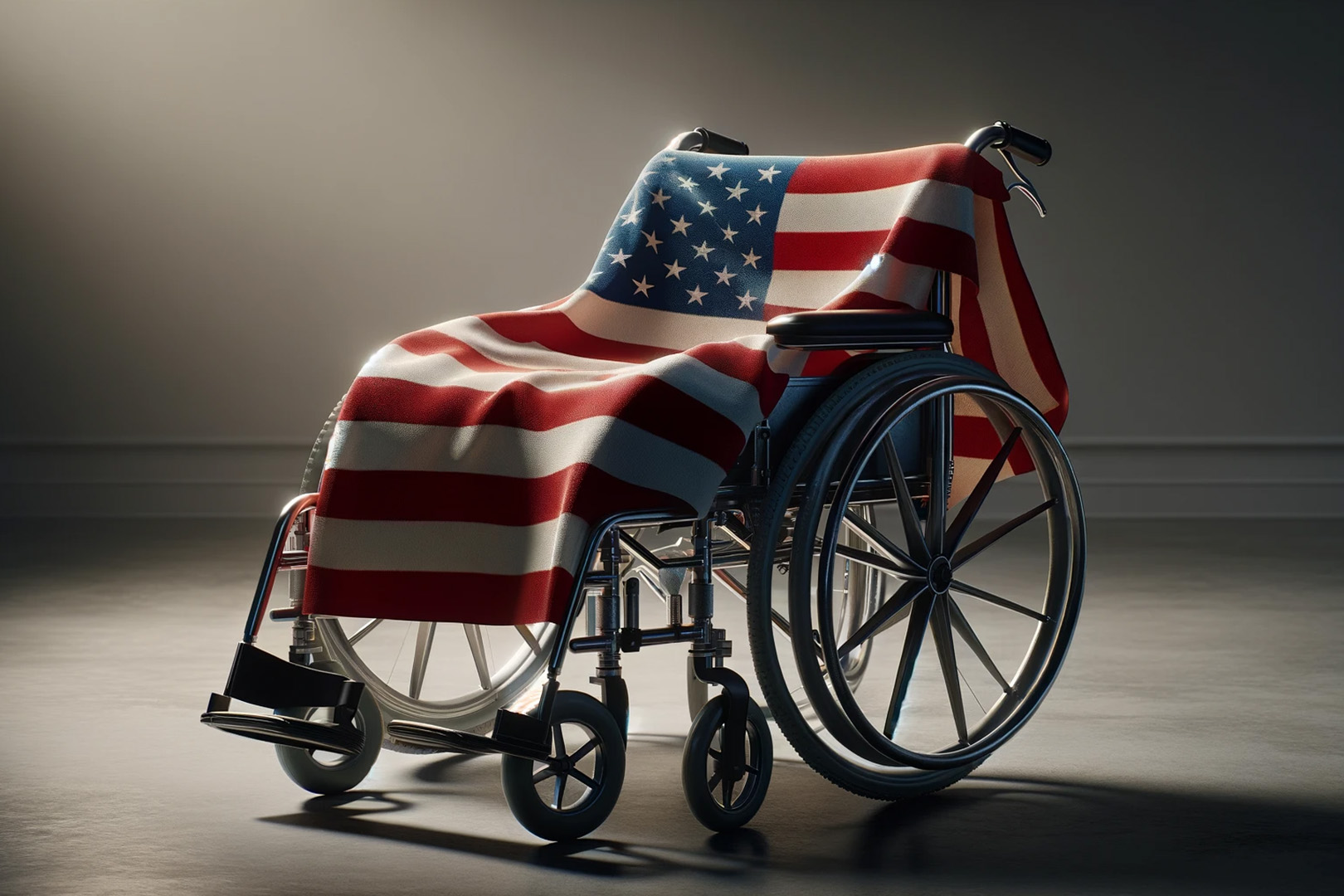
Rep. Darrell Issa, the Chairman of the House Judiciary Committee’s IP Subcommittee, recently introduced draft legislation titled the Litigation Transparency Act of 2024 (LTA).
Issa knows this legislation is bad for inventors and startups because it was explained clearly to him in a hearing in his IP Subcommittee. You can read more about this hearing here. The LTA will damage independent inventors and startups by reducing funding available in the market to defend their patent rights. For many, it will slam shut the courthouse doors.
Thwarting patent infringement lawsuits is a boon for multinational corporations who enjoy the fruits of predatory infringement. However, it harms every American because it will further damage already weakened U.S. innovation, economic growth, and national security.
LTA Opens Funders to Unpredictable Damage
Issa stated in his introductory press release, “If a third-party investor is financing a lawsuit in federal court, it should be disclosed at the onset of the case. Awareness by all parties will help ensure fair and equal treatment by the justice system and deter bad actors from exploiting our courts.”
If there are real and tangible abuses by hostile foreign third-party funders who use patent litigation to harass and damage American businesses or steal their technology, there may be good reason to identify these funders in court filings. But nobody seems to know if that is happening. Only a couple of examples are known, and no studies have shown that it is a problem or how much of a problem it is.
A better explanation for pushing LTA is that predatory infringers seek to end litigation funding and thereby become immune to any consequences of stealing patented technologies from smaller competitors, which would be the likely result if LTA is made law.
When investors in patent lawsuits are named, they are exposed to unpredictable risk. Most infringers are huge multinational corporations whose business models span many industry sectors. Google, for example, controls its feed with algorithms that can push their favored links to the top and others down. Also, massive consumer sales are processed on Amazon. Amazon is not required to sell your products on its platform, and it can take anyone off at any time for any reason.
A named funder likely has publicly disclosed investments in other businesses. Big Tech can use its own monopolistic abilities or its oligopoly relationships with other multinationals to harm the funder’s other businesses. For example, it can drive its sales down by pushing it off the page in a Google search or by dropping the product from Amazon’s platform. This anti-competitive behavior is common, especially with Big Tech, to gain advantages over rivals, particularly smaller rivals, or even to sway elections.
Just the possibility of unpredictable damage will chill the litigation funding market, which would deny access to the courts for most aggrieved inventors.
LTA Helps Infringers and Harms Inventors
Patent litigation is among the most expensive litigation in the world. A single damages award can break an infringer, and an injunction can end the infringer’s monopolistic hold on an entire market.
The stakes are high, so everything is litigated. Because the patent litigation costs are so high, litigation funding is required to defend the patents of small entities.
Litigation funding agreements limit the amount of funding that the funder will invest. Often, funds are invested in tranches determined by accomplishing milestones. For example, an initial amount may be made available to plead the case while additional funds are held back until the inventor survives a motion to dismiss. The next tranche may be held back until discovery or a PTAB challenge.
Contractual funding limits drive the inventor’s litigation strategy by driving the focus of litigation at a particular point in the process. Missing a milestone can sink the litigation strategy. For that reason, litigation funding contracts are highly confidential information exclusive to the inventor and their attorneys.
LTA not only requires disclosure of funder names and nation of origin, but it also requires disclosure of funding contracts to all parties. This will give infringers new tools to draw funders into litigation. It will also encourage motion practice strategies that divert litigation in ways that cause the inventor to run out of money before a milestone, which will collapse its funding and litigation strategy. Infringers can win on that alone.
LTA Ignores a Significantly Larger National Security Threat
Unified Patents (Unified) is a subscription-based company whose subscribers use Unified Patents to challenge the validity of patents, which affects them at the hopelessly inept Patent Trial and Appeal Board (PTAB).
Unified’s PTAB challenges are most often levied against patents of U.S. emerging technology startups that its subscribers are infringing. When Unified challenges a patent, it is listed as the party; Unified’s subscribers are not disclosed even though they are the real parties in interest.
Indeed, Unified has never disclosed the identities of its subscriber base, and many are likely Chinese Communist Party (CCP) controlled multinationals. When asked repeatedly if its subscriber base includes any CCP multinationals, Unified has repeatedly refused to answer.
A strong case can be made that Unified acts as a front company to conceal the identity of CCP multinationals while Unified clears the market of U.S. emerging technology patents. This, of course, enables CCP multinationals to flood the U.S. market with knockoffs manufactured in China, which will likely run the U.S. company out of business. Even if it doesn’t, because the product is manufactured in China, advancements to it are most often invented and made in China.
LTA completely ignores this mechanism in which the CCP steals U.S. technology and sends it to China. Instead, LTA focuses on the abstract and unproven idea that foreign investors can access U.S. technologies through litigation funding.
Third-Party Standing is the Real Problem
It is not an abstract idea that third parties use the PTAB to harm U.S. innovation and take it for their own. In one tangible example, a CCP-controlled third-party shell company is attacking one of the last U.S. magnesium processing companies, Terves. The CCP shell company challenged Terves’s critical patents at the PTAB. Limitations to discovery at the PTAB do not allow it to get the information needed to show this attack is directed and executed by CCP brass. District courts do not have these limitations and could get that information through discovery.
Despite two executive orders directing all U.S. government agencies to protect critical minerals and processing companies, the PTAB instituted the CCP challenge anyway. Terves is forced to divert its resources to defend its patents against a CCP-controlled shell company. If it survives, many years will pass before a district court can issue an injunction to stop the CCP knockoffs. During this time, the market is practically cleared of patent protection, thereby enabling the importation of stolen magnesium alloys from CCP multinational mineral processing companies.
LTA Must Focus on Real and Tangible Problems
Issa should focus on real problems rather than unproven hypotheticals.
The Balancing Incentives Act fixes the third-party problem at the PTAB by Unified Patents and other third-party CCP multinational attacks on U.S. patents (like Terves) because the patent owner can simply stay in district court where discovery enables the disclosure of third-party information.
There is no reason to require disclosure of third-party litigation funding contracts other than to shift the balance of litigation to the infringer and against the patent owner. But if Congress determines a national security justification for disclosure of the name and nation of origin of third-party funders, it must also require full disclosure of all subscriber names and nation of origin in Unified Patents and other third-party PTAB petitioner cases.
Paul Morinville is Founder and Executive Director of SPARK Innovation. SPARK Innovation strives to create an policy environment where the conception, protection, and commercialization of technologies critical to our economic and national security prosper thereby enabling the United States to take back the global technological lead from China. Paul is an inventor and has been an executive at multiple technology startups including computer hardware, enterprise middleware, video compression software, artificial intelligence, and medical devices, and has licensed patents in the U.S. and China.







It is important to find out what politicians were doing before they became politicians.
Darrel Issa was arrested in 1972 for the theft of a Maserati together with his brother William, but prosecutors dropped the charge. Darrel Issa was stopped for driving the wrong way on a one-way street, and a police officer noticed a firearm in his car’s glove compartment. Issa was charged with carrying a concealed weapon. He pleaded guilty to possession of an unregistered firearm and was sentenced to six months’ probation and a small fine.
In 1980, Issa was indicted for grand theft auto in 1980, but the prosecution dropped the case.
In 1981, Issa was in a car crash. The other motorist sued him for $20,000, but they eventually settled out of court for an undisclosed amount.
Issa managed to take control of a car alarm manufacturer called Steal Stopper. He turned it into a thriving business. However, early in the morning of September 7, 1982 Steal Stopper’s offices and factory in the Cleveland suburb of Maple Heights caught fire. The fire took three hours to put out. The buildings and almost all the inventory within were destroyed. An investigation of the fire noted “suspicious burn patterns” with fires starting in two places aided by an accelerant such as gasoline.
Issa had apparently increased the fire insurance policy by 462% three weeks earlier, and had removed the computer equipment containing accounting and customer information. There is, of course, absolutely nothing suspicious about any of Mr Issa’s activities.